View of St. Petersburg, Studio Chapiro, Nevsky Prospect.
Oil on canvas signed lower right.
73 x 100 cm
Circa 1900/1910
Reproduced in the artist's catalog raisonné on pages 384 and 385 under number 440.
Leon ZEYTLINE
Russian-born and Paris-loving, Post-Impressionist painter Leon Zeytline brilliantly captured the exhilarating spirit of Paris. He made the City of Light the main subject of his work for many years.
The Paris of yesteryear opens up in all its splendor and minutest detail, joyful and modern, dynamic and charming, in the paintings of an artist who is little known to the general public today, as most of his works are in private collections. Only the Carnavalet, Hamburg and Mulhouse museums possess a few paintings by Léon Zeytline.
Léon Zeytline was born in France, where his Russian-born family settled long before the revolution. At the age of 15, the young man began his studies at the Moscow School of Painting, Sculpture and Architecture, family circumstances having forced his relatives to return to Russia. Even during his student years, he traveled extensively in Europe. On one such trip in 1909 (after graduating in 1908), he returned to France, where he decided to settle permanently.
Dazzled by the beauty of the French capital, the young painter made Paris the central subject of his work for many years. He devoted more than 500 paintings to the city, a veritable encyclopedia that depicts the city in all its states, with a precision characteristic of the Russian school and a luminosity borrowed from the French Impressionists.
Unlike some of his post-impressionist contemporaries, Léon Zeytline didn't take commissions, and painted only the Parisian subjects that captivated him, without any commercial pretensions. He painted everyday Parisian life as well as the capital's fashionable places.
In his work, we find the famous, fashionable Haussmann boulevards, such as the Champs-Elysées and the Avenue de l'Opéra, with their prestigious cafés, emblematic monuments like the Eiffel Tower, but also working-class neighborhoods with their markets and shops.
All scenes are animated by characters out for a stroll or busy with their daily chores. The frou-frou and sophisticated hats of fashionably-dressed elegants and the dresses of working-class women are depicted with equal care. The diversity and authenticity of these Parisian scenes make them veritable historical documents of the period.
Architectural description is particularly precise in the artist's paintings. His painting of the Moulin Rouge shows the famous cabaret as it looked before the fire of February 27, 1915, which largely destroyed the building's Art Nouveau façade.
Zeytline takes the time to describe all the decorative architectural elements, the entrance to the halls and box office, and the posters for the music-hall shows. Period photographs of the Moulin Rouge confirm Zeytline's precision in depicting the details that would characterize this venue until 1915.
We also see a wide range of means of transport in these pictures: imperial, American omnibus, Schneider bus, tramway, horse-drawn carriage, train, cariole and cart, not to mention bicycles.
Little by little, horses gave way to automobiles on Parisian avenues. The subway entrances designed by Hector Guimard are also part of the scenes of Parisian life immortalized by the painter.
Zeytline loved festive Paris, with its airs of elegance and a touch of canaille. In scenes depicting Parisian nightlife and cafés-concerts, as well as in genre scenes, women always occupy a prominent place in Zeytline's work.
They charm the gentlemen, deploy their seductive powers without sparing their partners, enjoy themselves and mourn, watching champagne bubbles sparkle in the light of a candlestick. They remind us of figures by Toulouse-Lautrec, Degas, Manet or Renoir, but the dresses, make-up and hairstyles take us back to the 1920s.
Léon Zeytline made a living from his paintings, which were appreciated not only for their artistic quality, but also for their ability to capture the heady spirit of Paris.
violondingres.fr


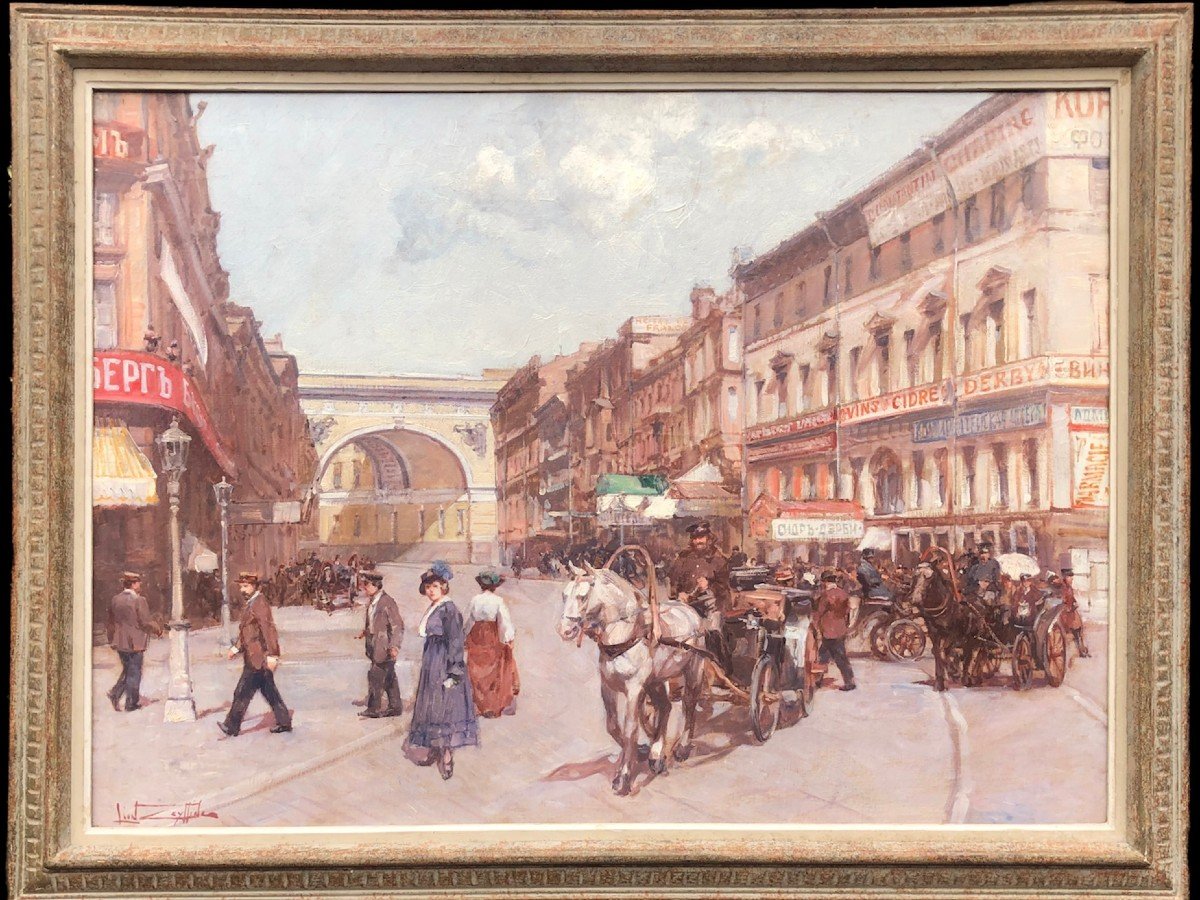
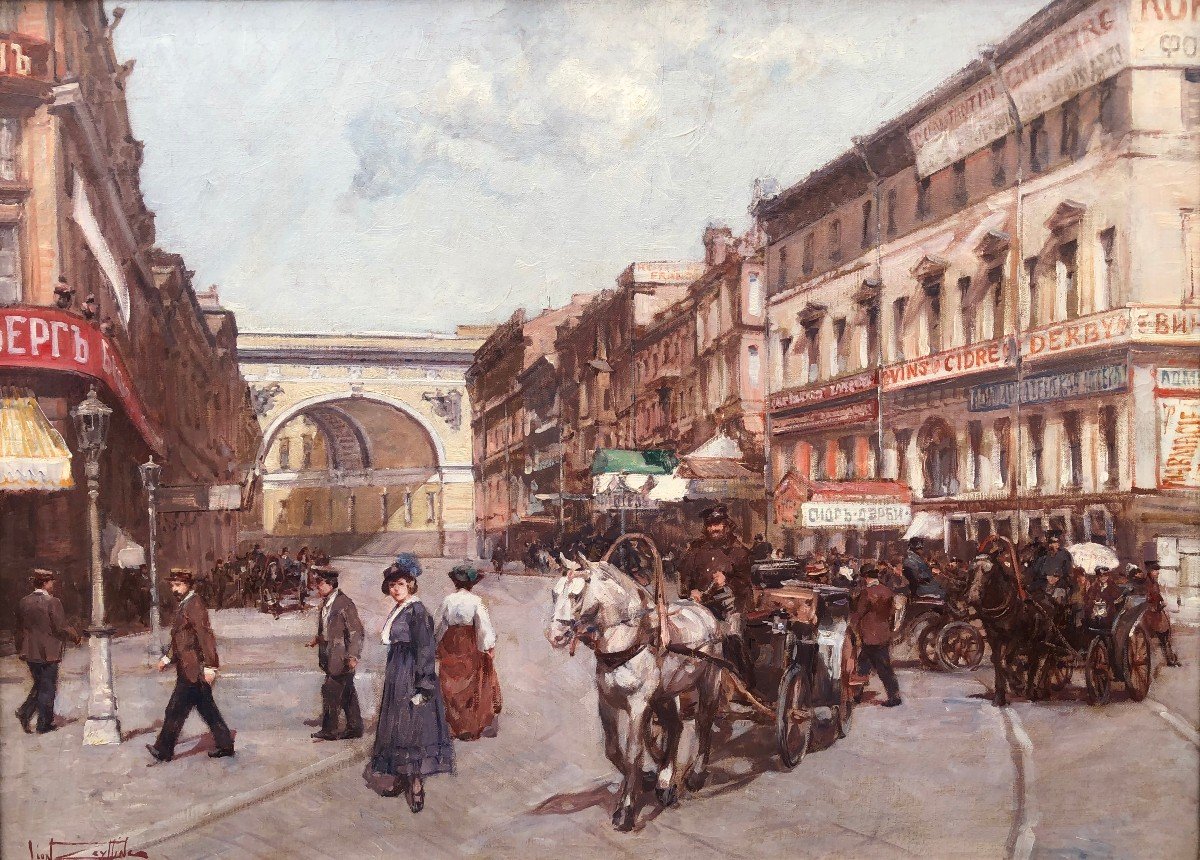
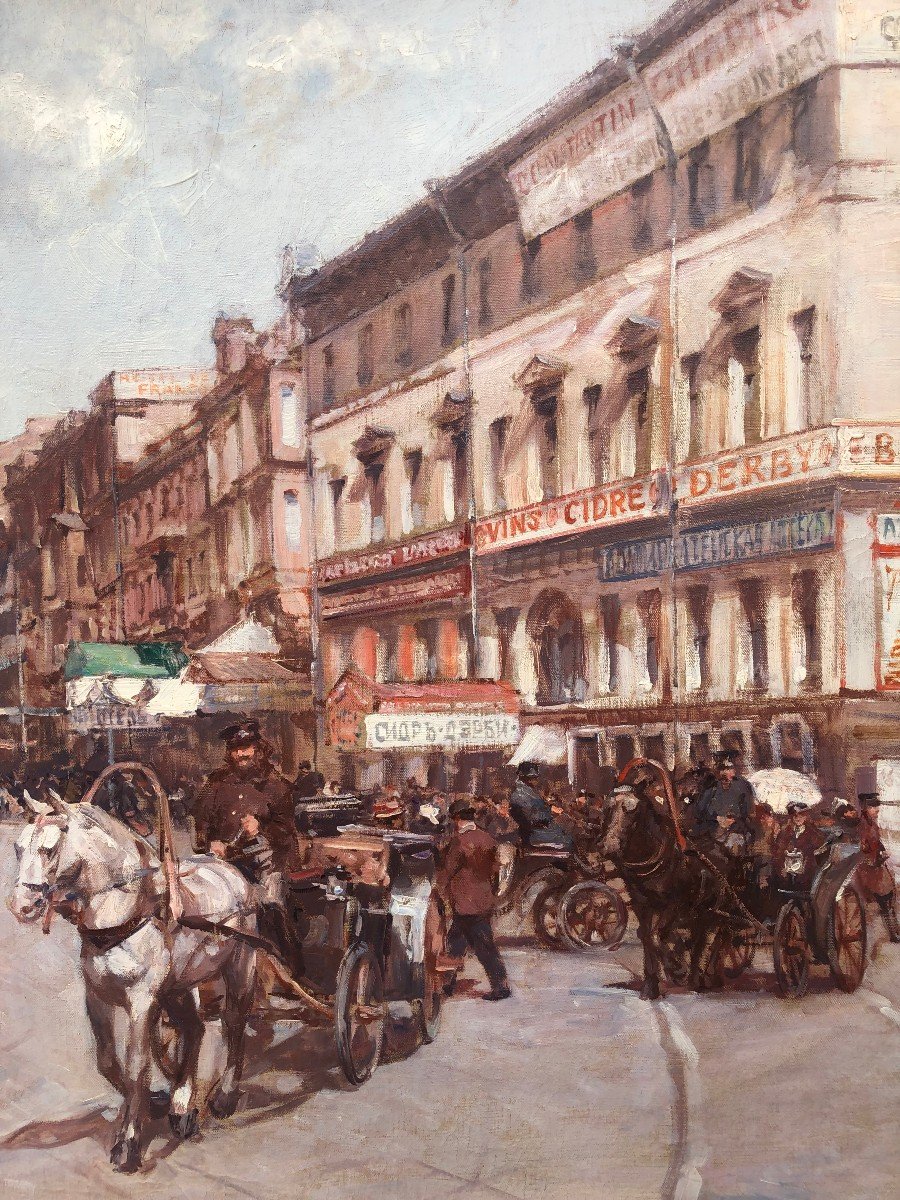
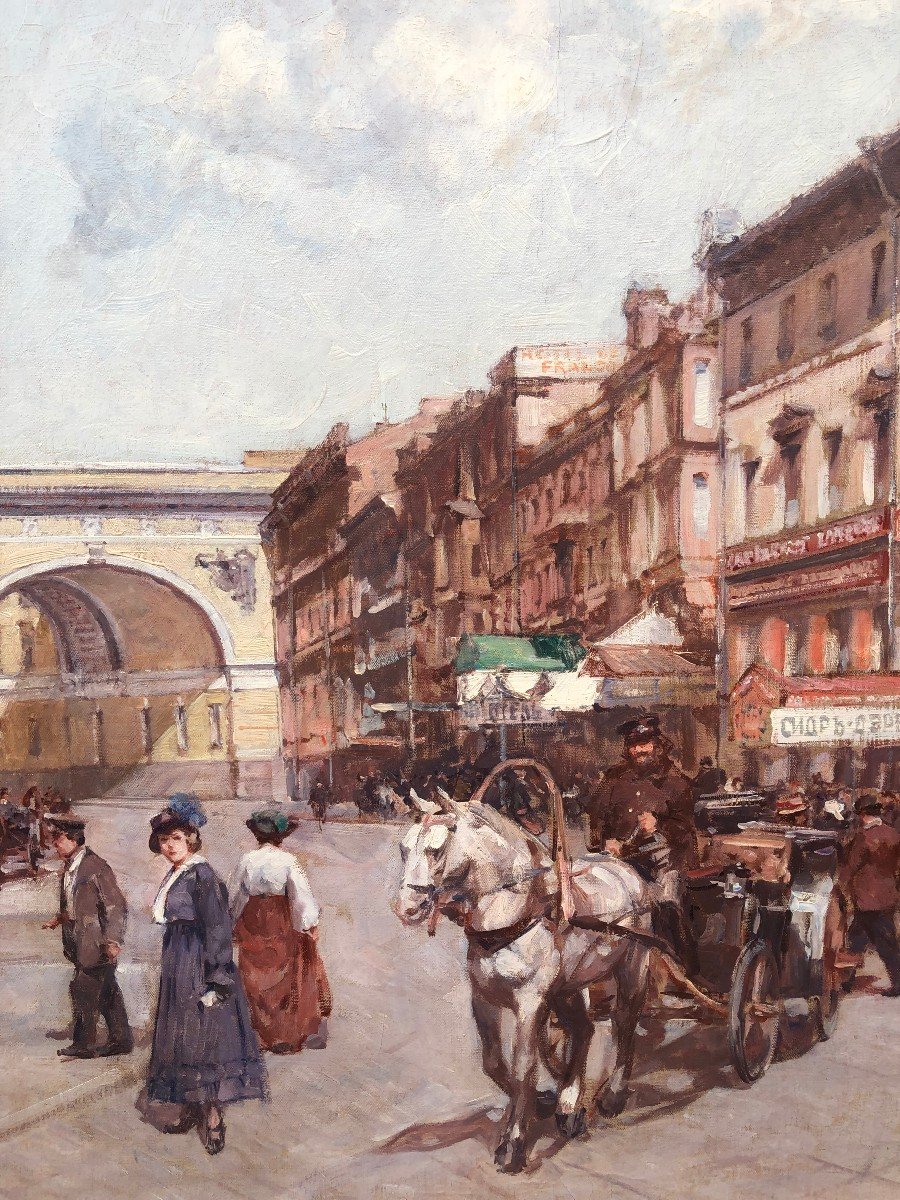
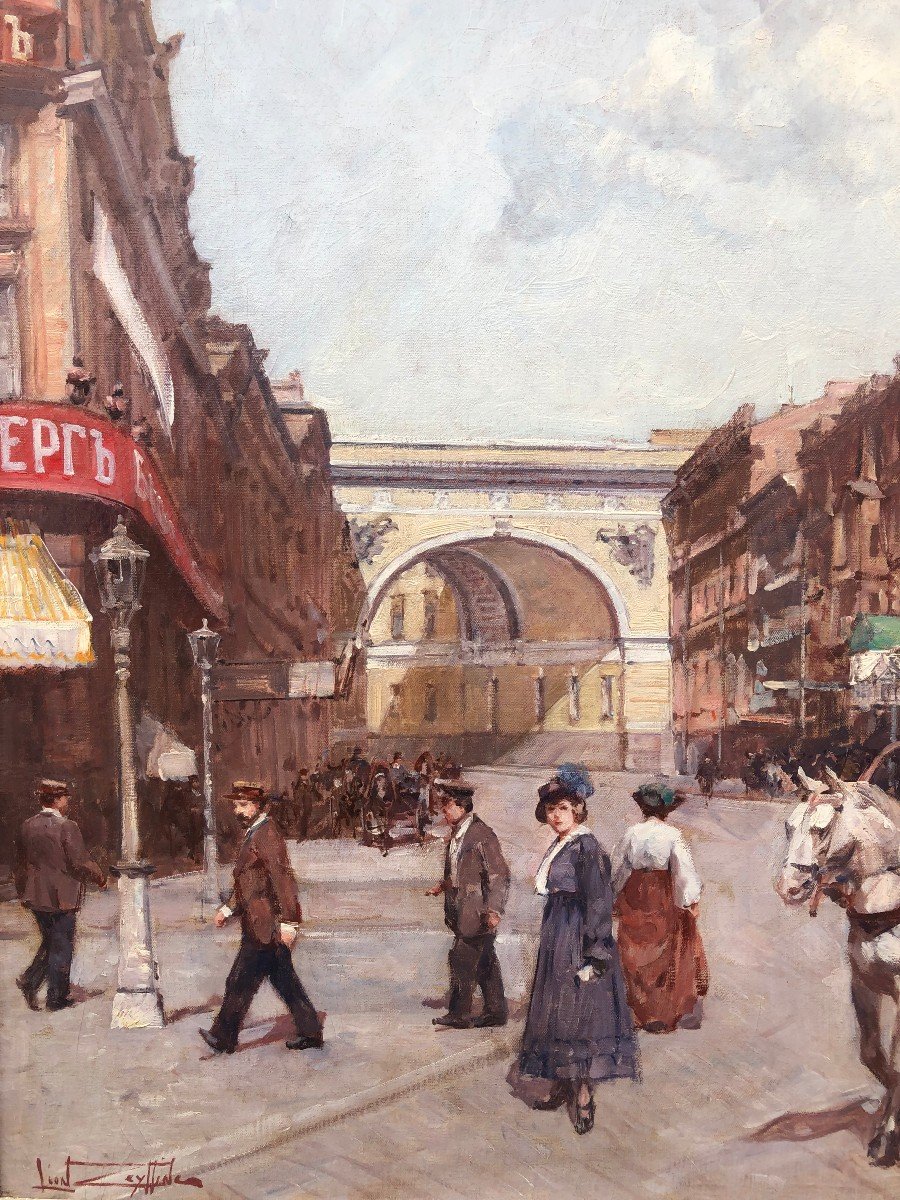
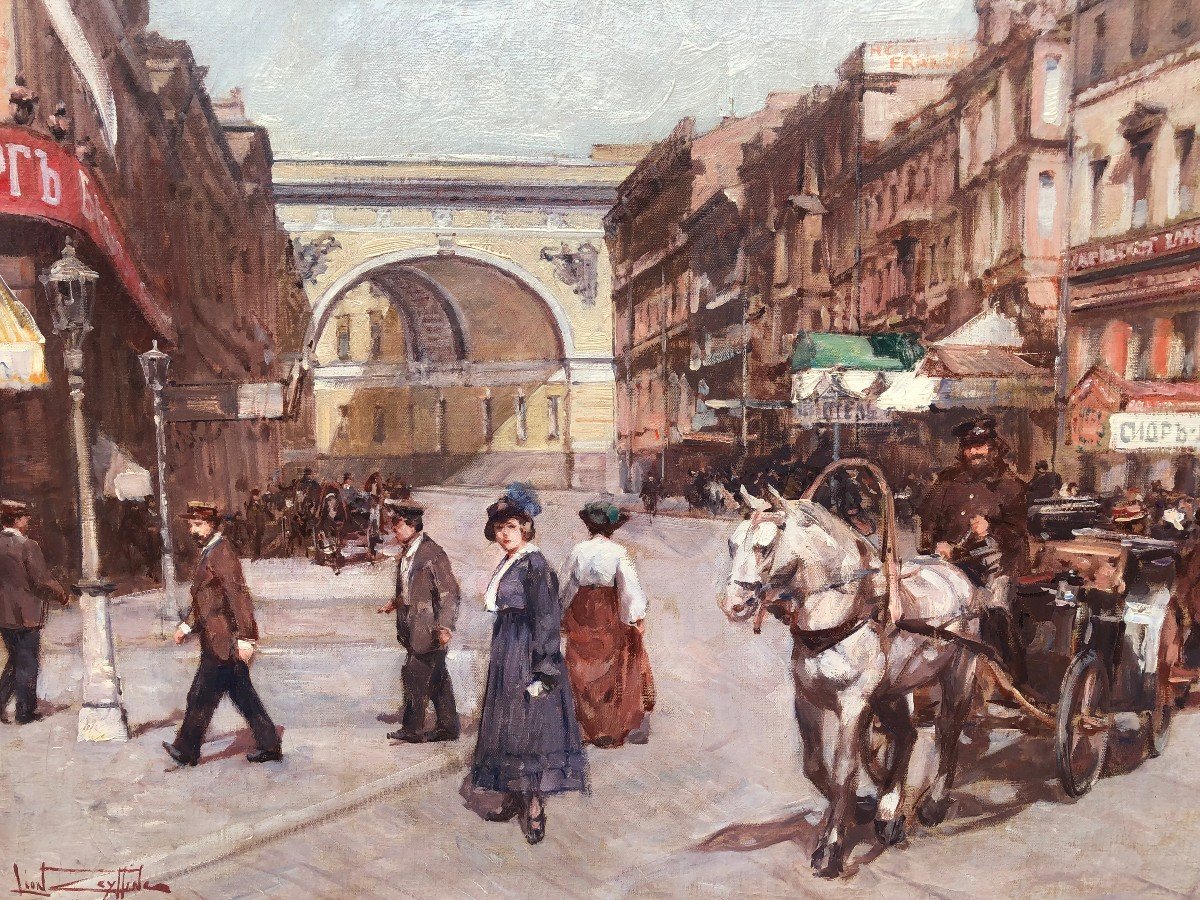
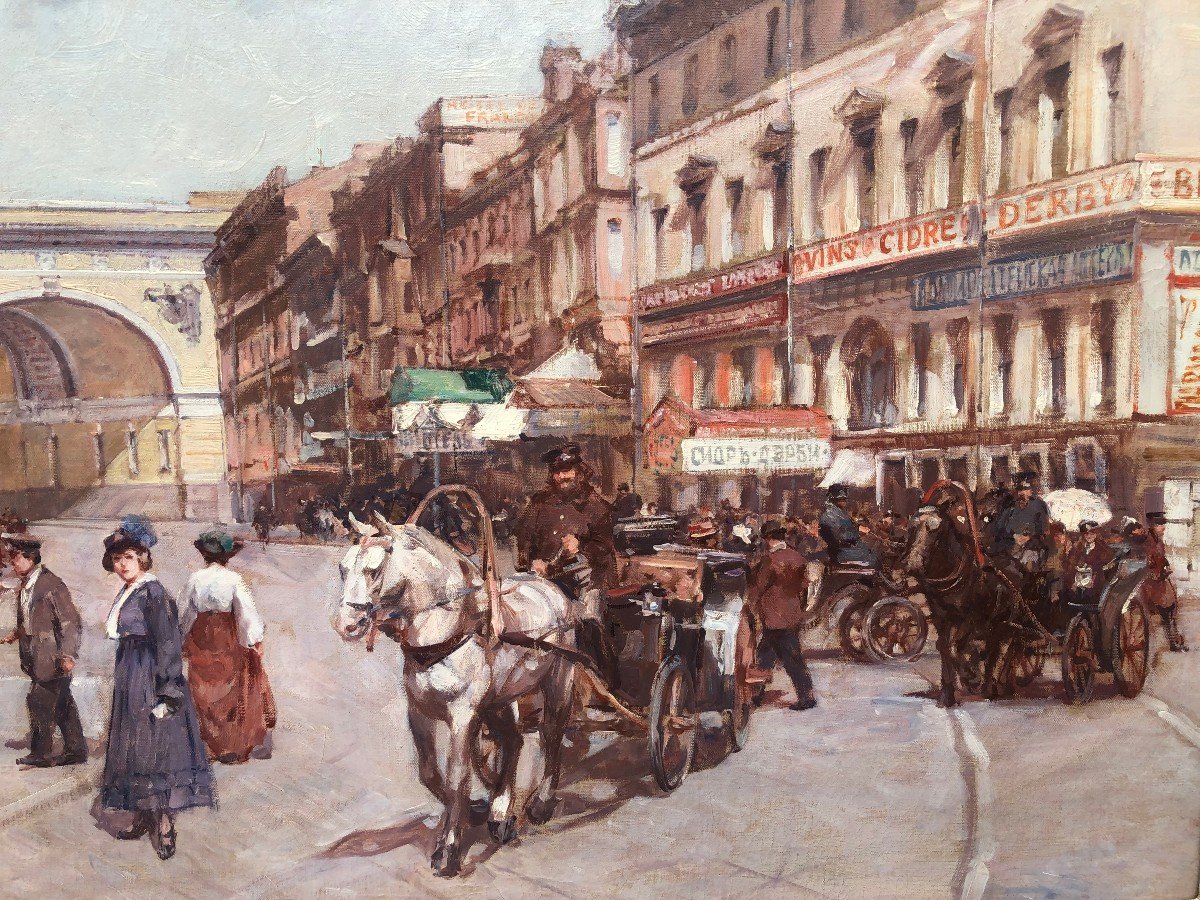
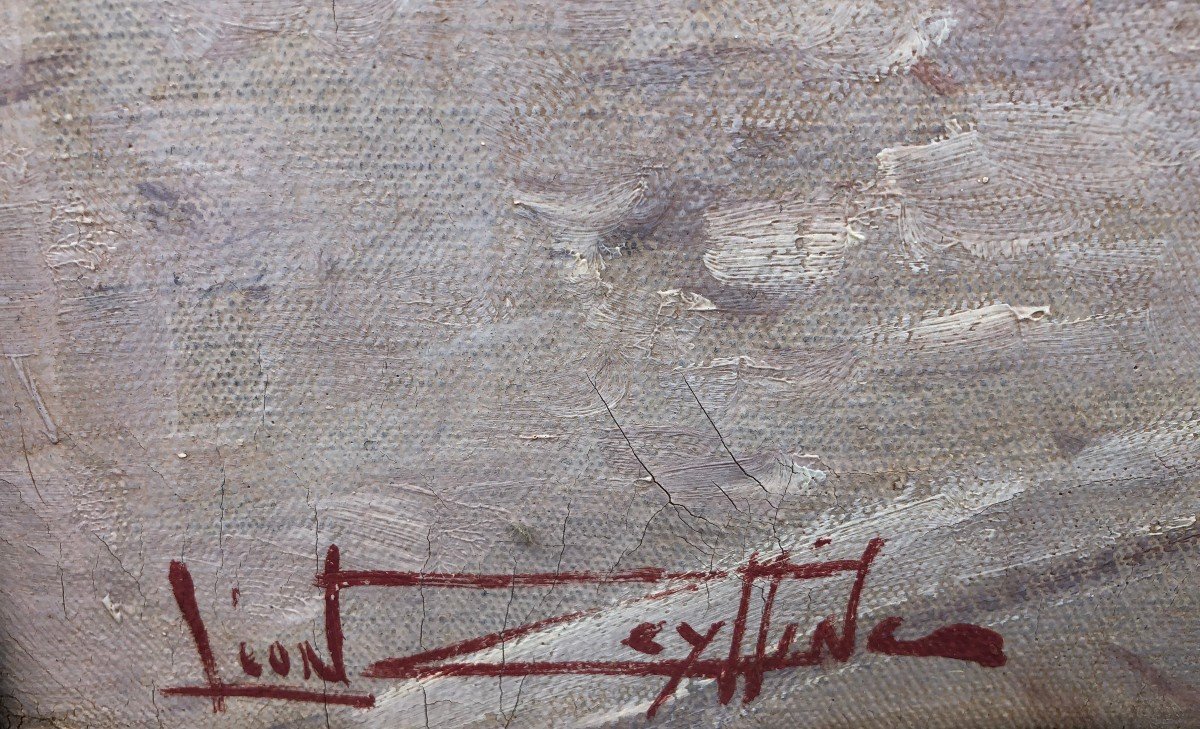










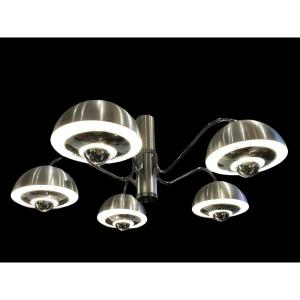


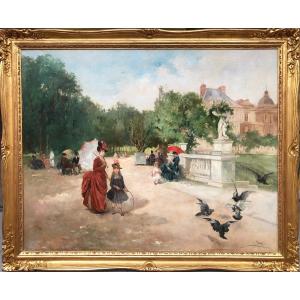
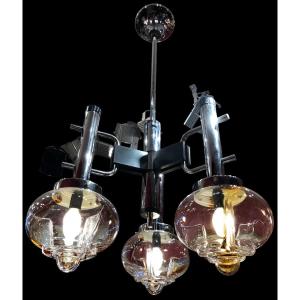
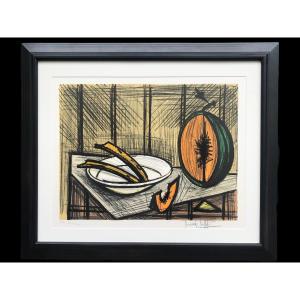



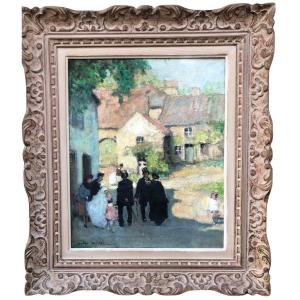
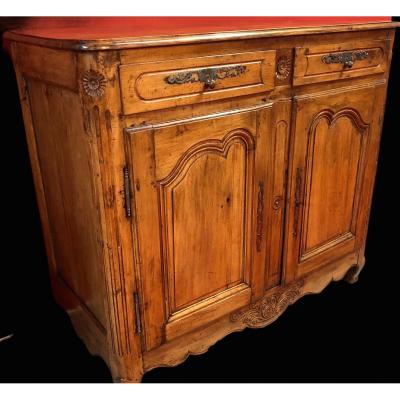
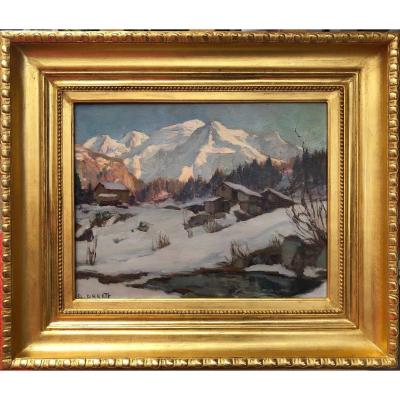

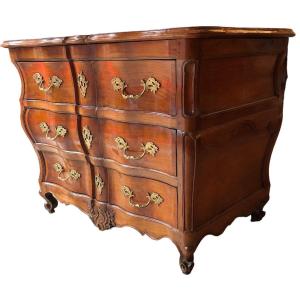

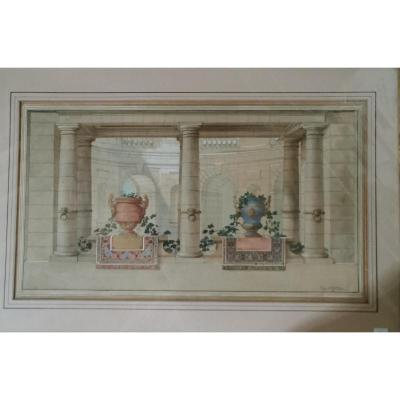
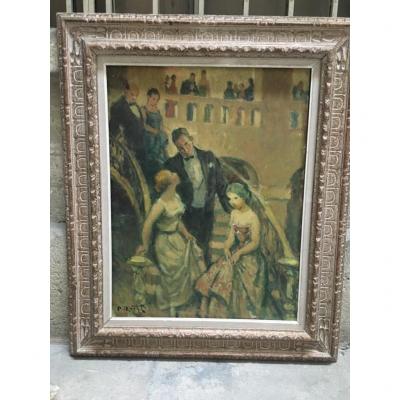

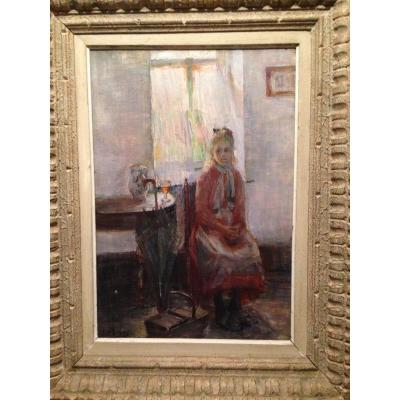



 Le Magazine de PROANTIC
Le Magazine de PROANTIC TRÉSORS Magazine
TRÉSORS Magazine Rivista Artiquariato
Rivista Artiquariato